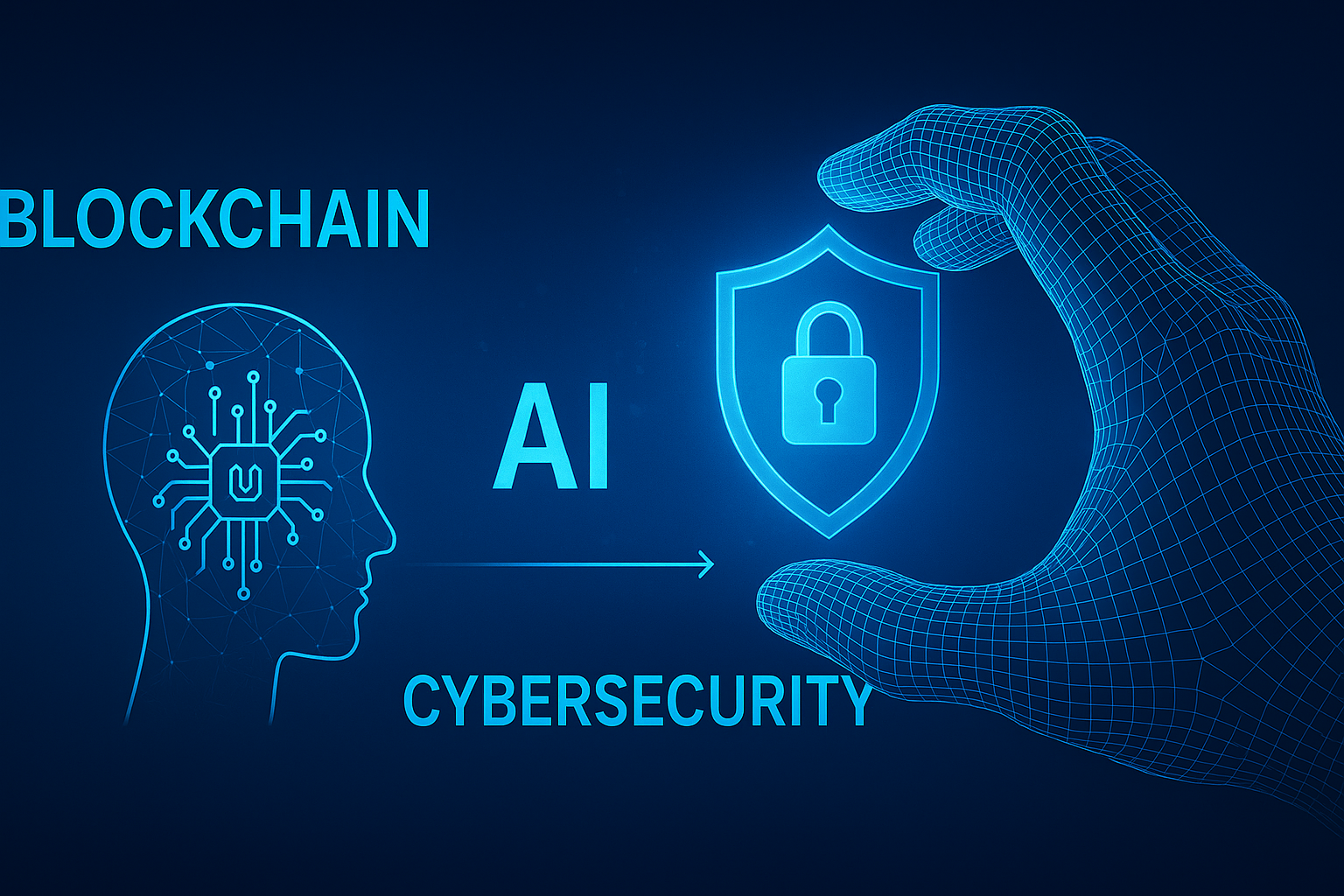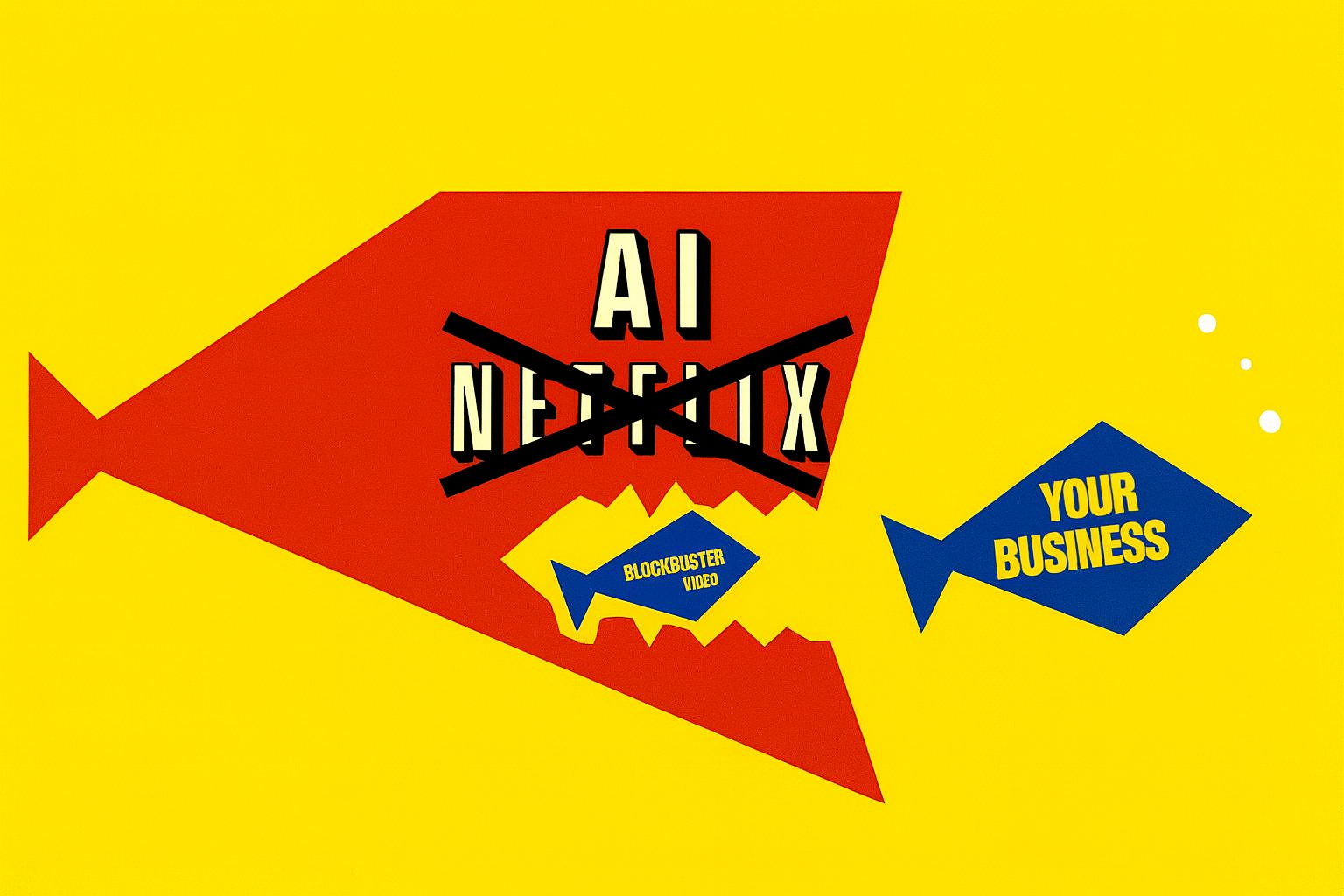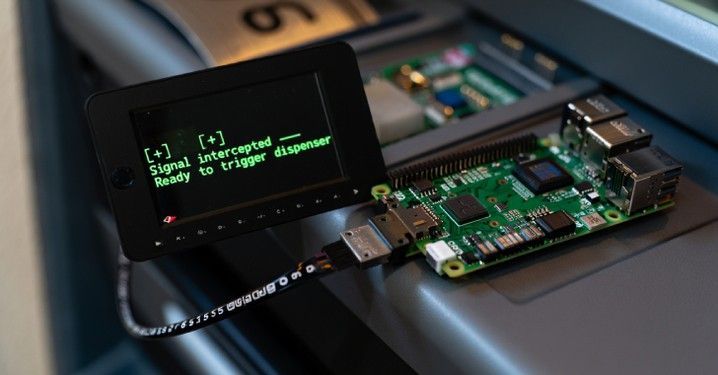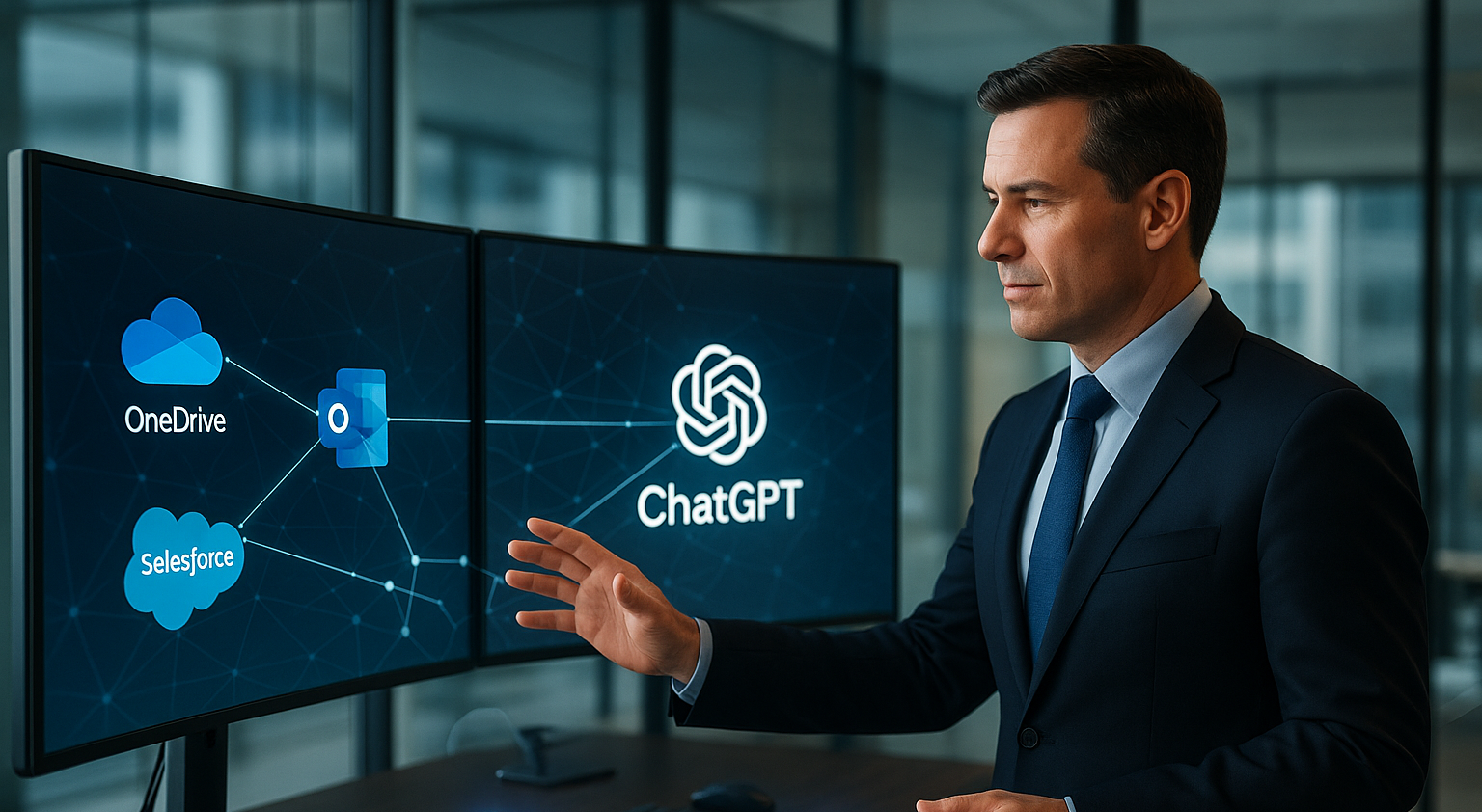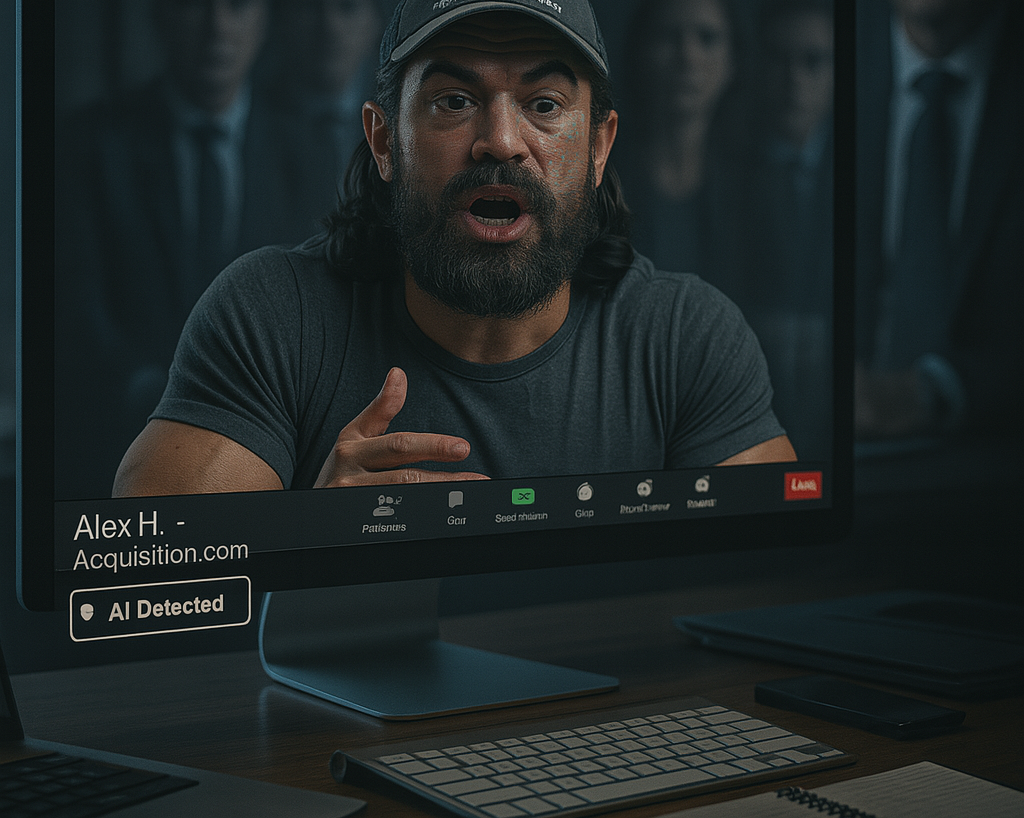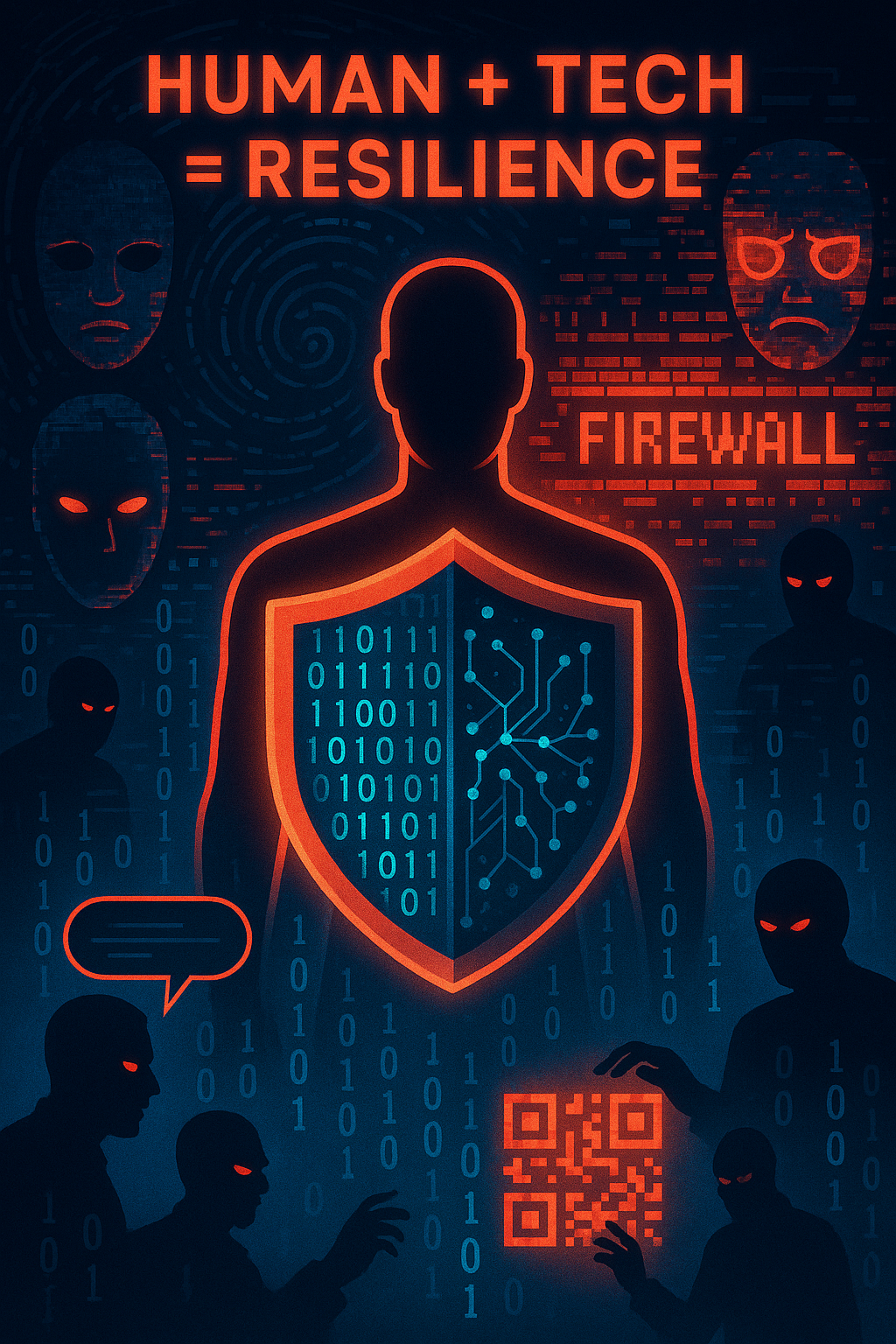🚫 AI Isn’t Your Advantage. It’s the New Internet.
Why Simply “Using AI” Is Not a Strategy—It’s a Starting Line
In 1998, having a website meant your business was forward-thinking. By 2008, if you didn’t have one, you were irrelevant. Today, we’ve reached that same tipping point with AI.
AI is no longer an edge. It’s infrastructure.
This isn’t just a semantic shift—it’s a strategic revolution. Yet many businesses are stuck in “AI slow motion,” sprinkling artificial intelligence onto their products and processes like seasoning, hoping it adds flavor. But without a full-course transformation of how we operate, compete, and grow, these efforts fall flat.
Hot take👉 AI isn’t your company’s advantage. AI is just the internet.
Let’s break down why that’s not just provocative—it’s profoundly true.
🧠 The “AI vs. Internet” Thought Experiment
Ask yourself this:
If you swapped the word “AI” for “internet” in your company’s pitch, would it still sound innovative?
- “We’re an internet-powered logistics platform.”
- “Our CRM uses the internet to track customer interactions.”
- “We offer internet-enhanced cybersecurity.”
Ridiculous, right?
Now try this:
- “We use AI to automate tasks.”
- “Our app uses AI to recommend products.”
- “We’re building an AI-powered chatbot.”
Feels familiar? That's because most companies today treat AI like a shiny label—not a deep, systemic transformation.
🚀 What Companies Get Wrong About AI
AI is no longer what you do. It’s how you do everything.
❌ Mistake 1: Treating AI as a Feature
Adding ChatGPT to your platform doesn’t make you an AI company. Neither does plugging into an API or launching an internal chatbot. These are surface-level integrations—symptoms of innovation, not causes of transformation.
❌ Mistake 2: Skipping Workforce Enablement
You can’t unlock ROI from AI tools if your teams don’t understand how to use them—or more importantly, how to create with them. The companies seeing real gains are those training their people at every level to think, build, and operate with AI fluency.
❌ Mistake 3: Chasing Buzzwords Over Use Cases
“AI-powered” won’t sell itself. But a well-defined, customer-facing use case will. Competitive advantage comes from applying AI to proprietary data, workflows, and human expertise in ways that competitors can’t easily replicate.
✅ What the Leaders Are Doing Differently
The smart companies are done testing—they’re scaling. And here’s how they’re doing it:
🧩 1. Operational Overhaul
They don’t just add AI to legacy processes. They redesign processes around AI-native thinking. That means reimagining customer service, logistics, HR, and cybersecurity from the ground up—with AI at the core.
📊 2. Data as Strategy (The Most Important)
Winning in AI isn’t about who plugs into the best model. It’s about who owns the most meaningful, structured, and usable data.
Leading organizations aren’t relying on off-the-shelf LLMs to carry the load. They’re investing in first-party data pipelines, fine-tuning their own models, and building governance frameworks that turn data into a durable competitive advantage.
And here’s the dividing line:
Companies that already have their data classified and organized are miles ahead. They’re in a position to train proprietary LLMs, tailor AI to their workflows, and move with speed and precision.
Meanwhile, many businesses—large and small—are just waking up to the fact that their data is still a mess. Without classification, structure, or access, they’re falling behind fast.
It’s not just a matter of speed. It’s a supercar versus a snail. And every day, week, and month of delay widens the gap.
🧠 3. Upskilling at Scale
Instead of over-hiring niche roles like “prompt engineers,” top-performing companies are taking a broader approach—training entire workforces to think, build, and operate with AI fluency. From finance to marketing to ops, AI literacy is the new digital literacy.
🔐 Cybersecurity, AI Ops, and Web3: Reinvented from the Core
At Krome IT, we don’t just follow the trends—we help businesses secure, scale, and lead in the AI age. That means rethinking how foundational technologies intersect with your enterprise.
🛡️ Cybersecurity: Sword and Shield
AI’s ubiquity is a double-edged sword. It introduces new attack surfaces—deepfakes, automated phishing, AI-driven exploits—but it also enables a new generation of intelligent defense systems. From predictive threat detection to real-time response automation, AI is both your greatest vulnerability and your most powerful weapon.
Krome IT helps you turn that risk into resilience—by designing cybersecurity strategies where AI is baked in, not bolted on.
🧠 AI Operations: Beyond Plug-and-Play
Plugging in ChatGPT isn’t a strategy—it’s a starting point. True AI Ops means building custom agents that align with your organization’s specific workflows, risk models, and data privacy boundaries.
We help companies move from generic tools to intelligent, embedded systems that actually understand their business—and continuously learn from it.
🌐 Web3: Trust, Ownership, and Intelligence
In the decentralized world of Web3, AI and smart contracts are more than buzzwords—they’re reshaping how we define trust, enforce agreements, and manage identity.
Krome IT combines AI intelligence with Web3 transparency to help organizations design ecosystems that are secure, autonomous, and built for the future of digital trust.
💥 Final Word: AI as the New Electricity
Just as electricity rewired every industry—from factories to finance—AI is doing the same today. But no one brags about being an electricity-powered company anymore. Because it’s not a differentiator. It’s a baseline.
The winners of the next decade won’t be the ones who use AI.
They’ll be the ones who rebuild around it.
🔗 Ready to Rebuild?
Krome IT helps visionary companies reinvent their infrastructure for the AI era—smarter, safer, and more human.
Let’s turn AI from a feature into your foundation.
👉
Partner with KromeIT – Your Edge in the Age of Intelligence.


